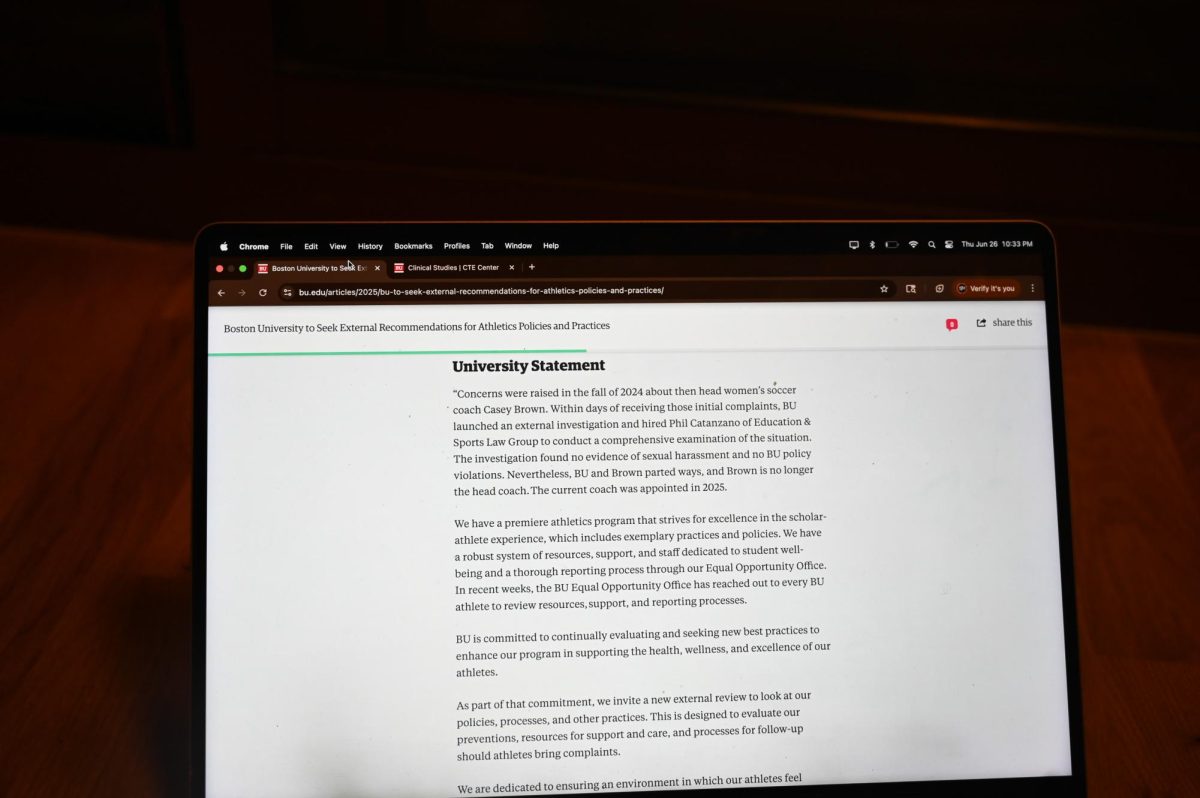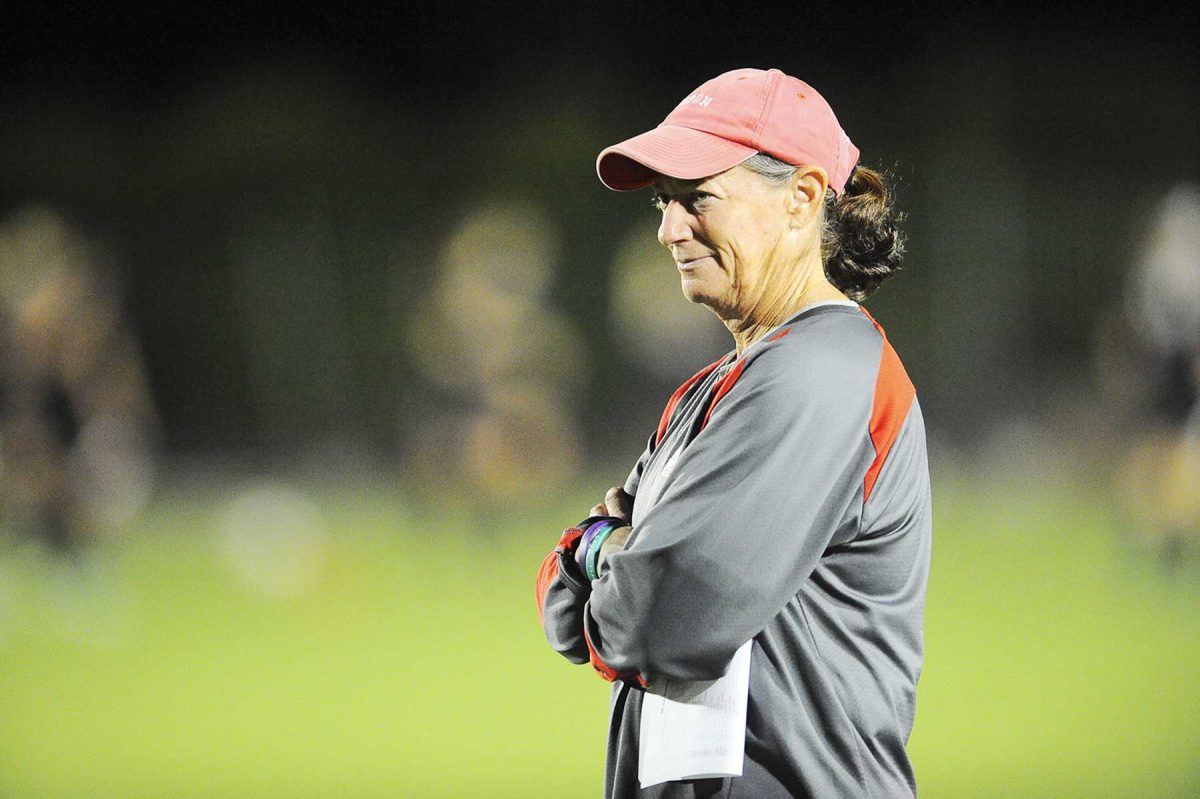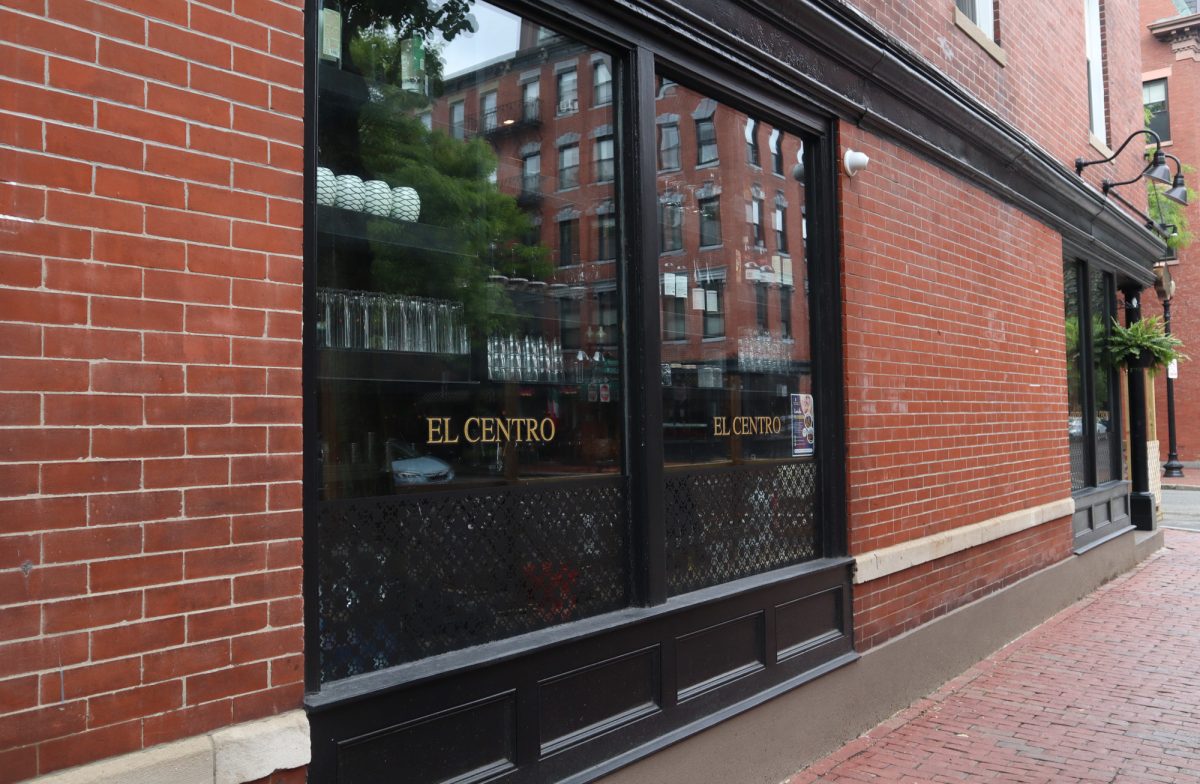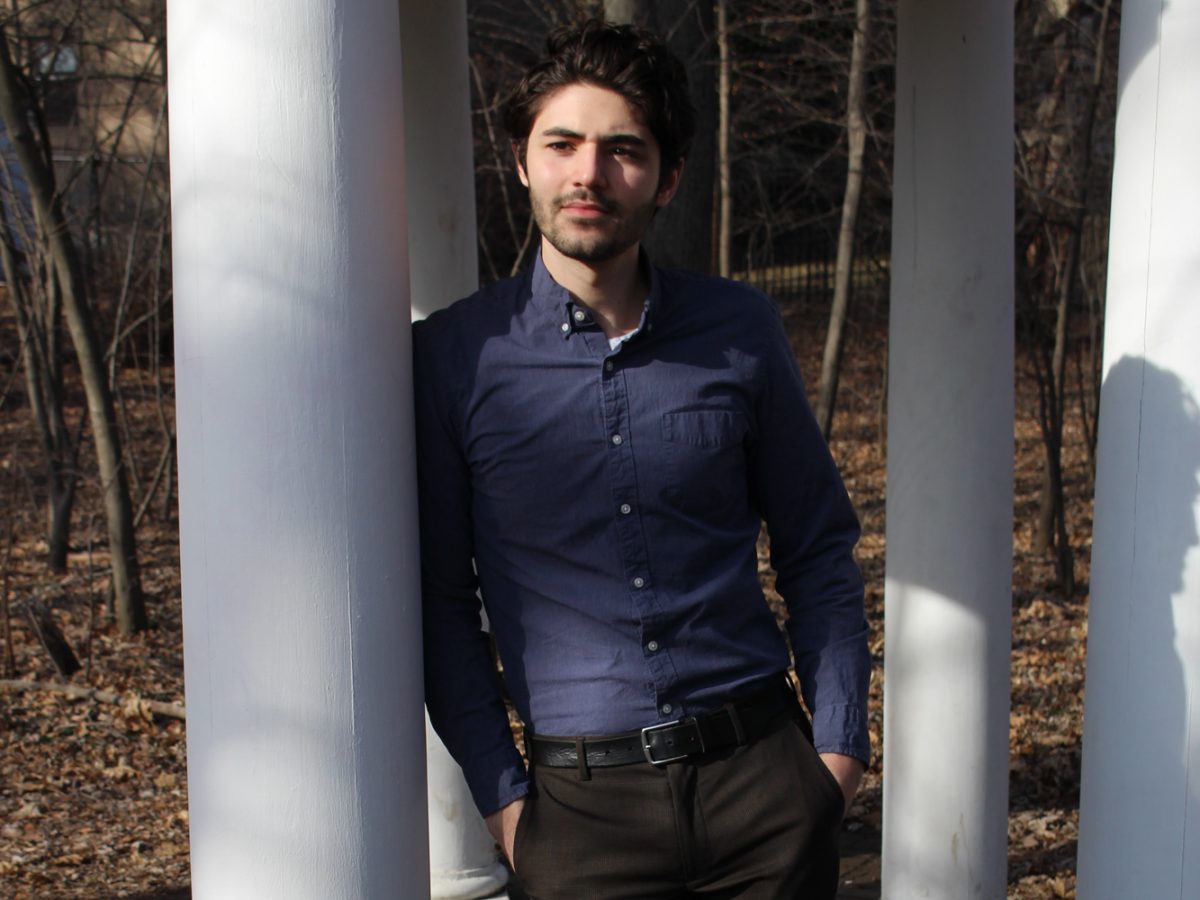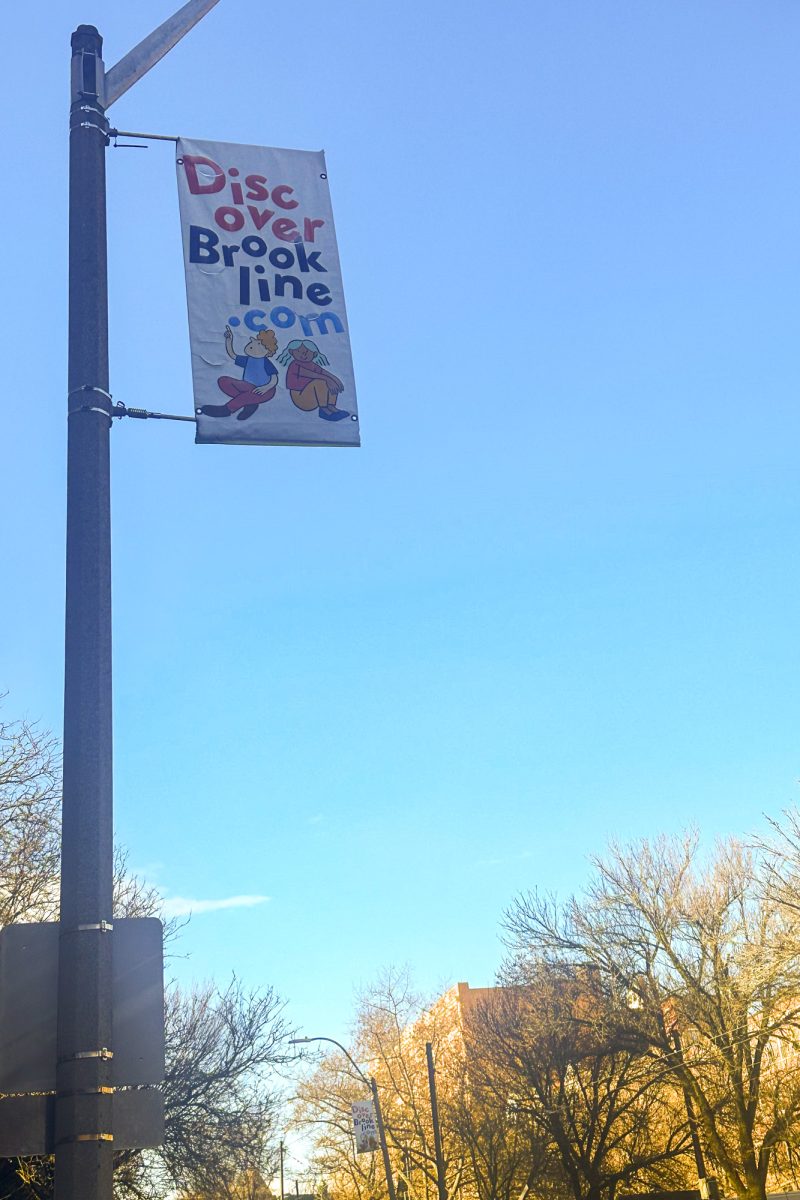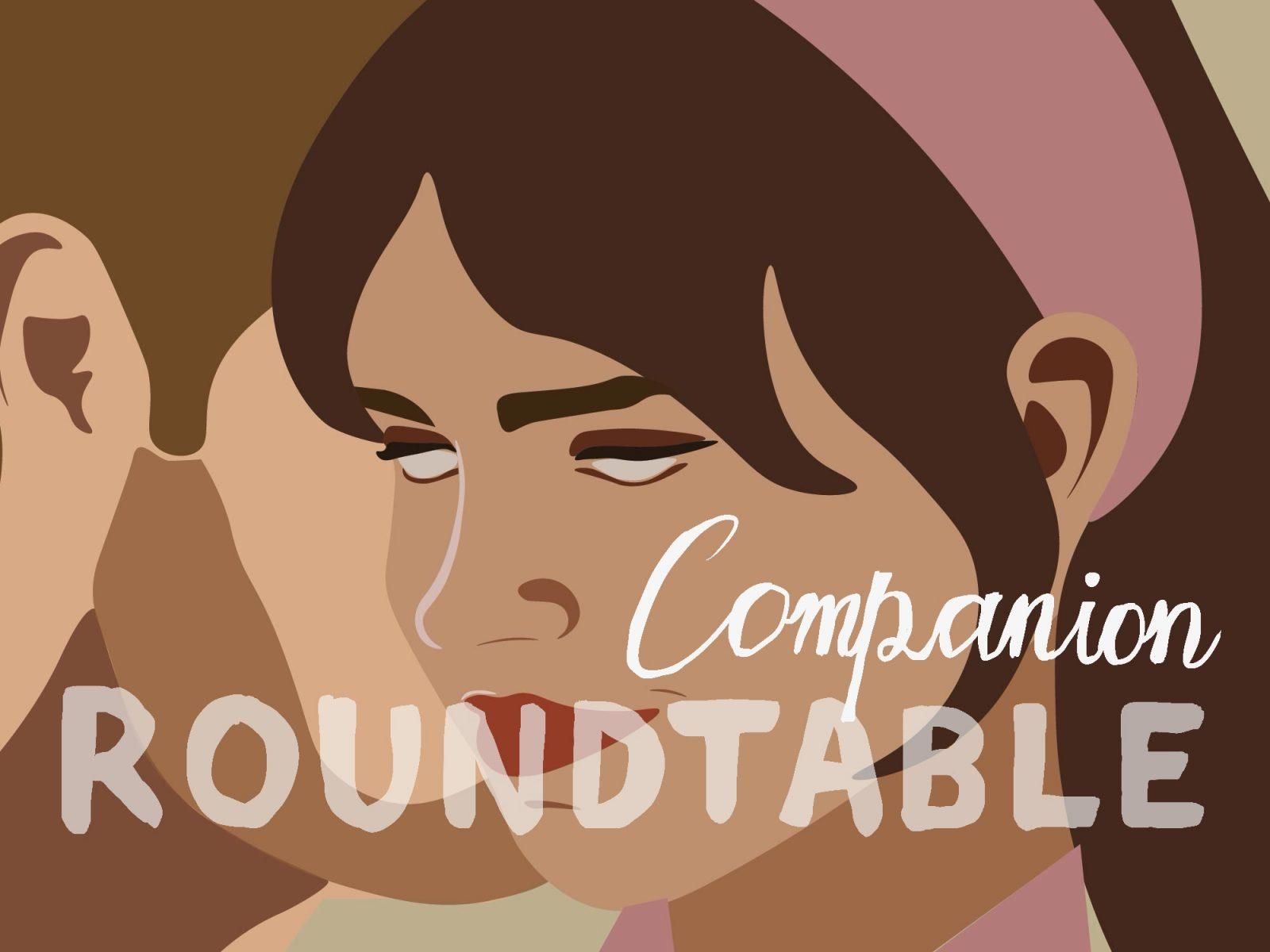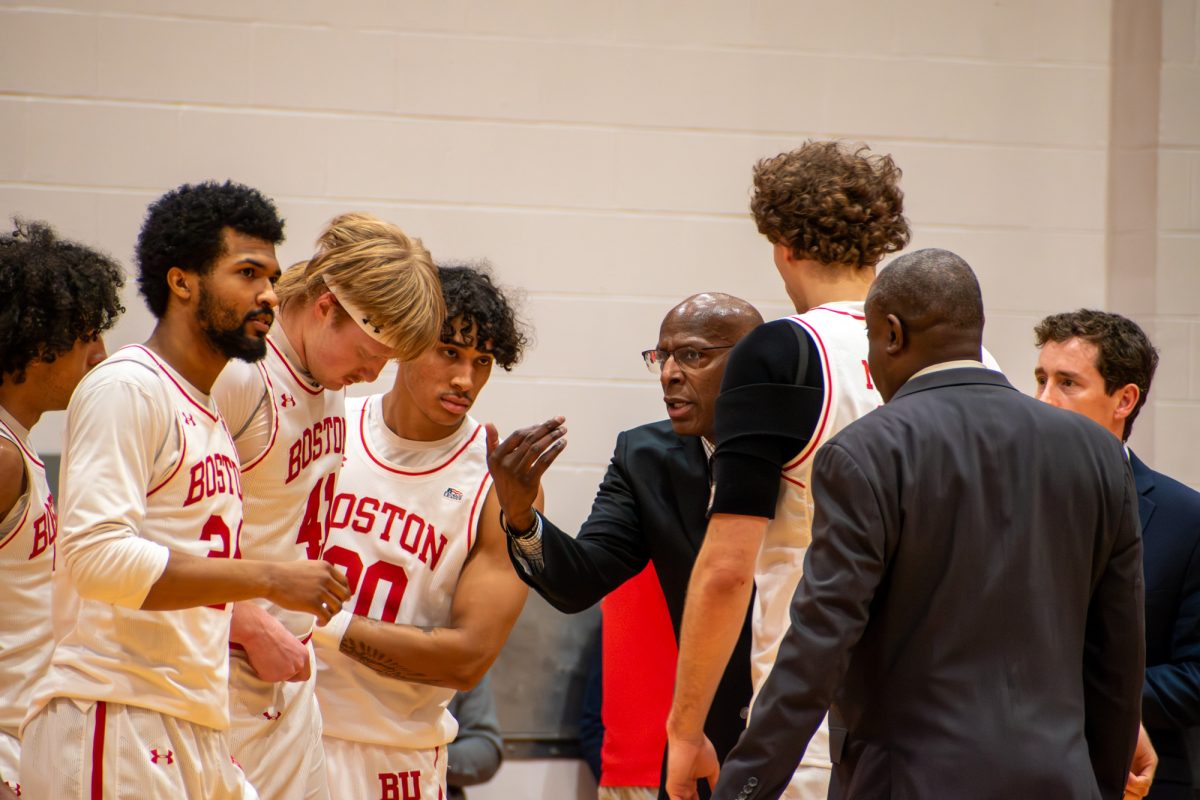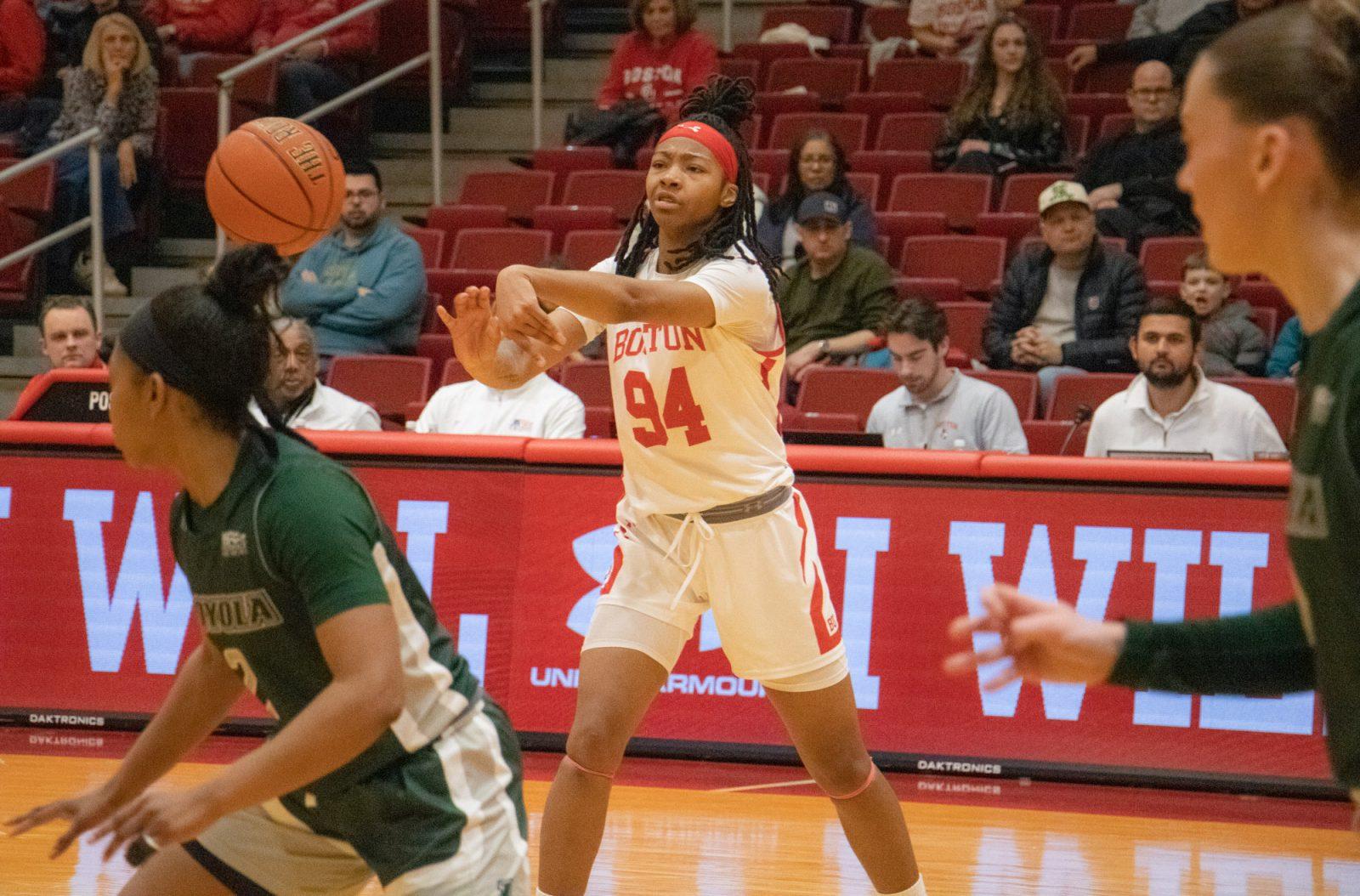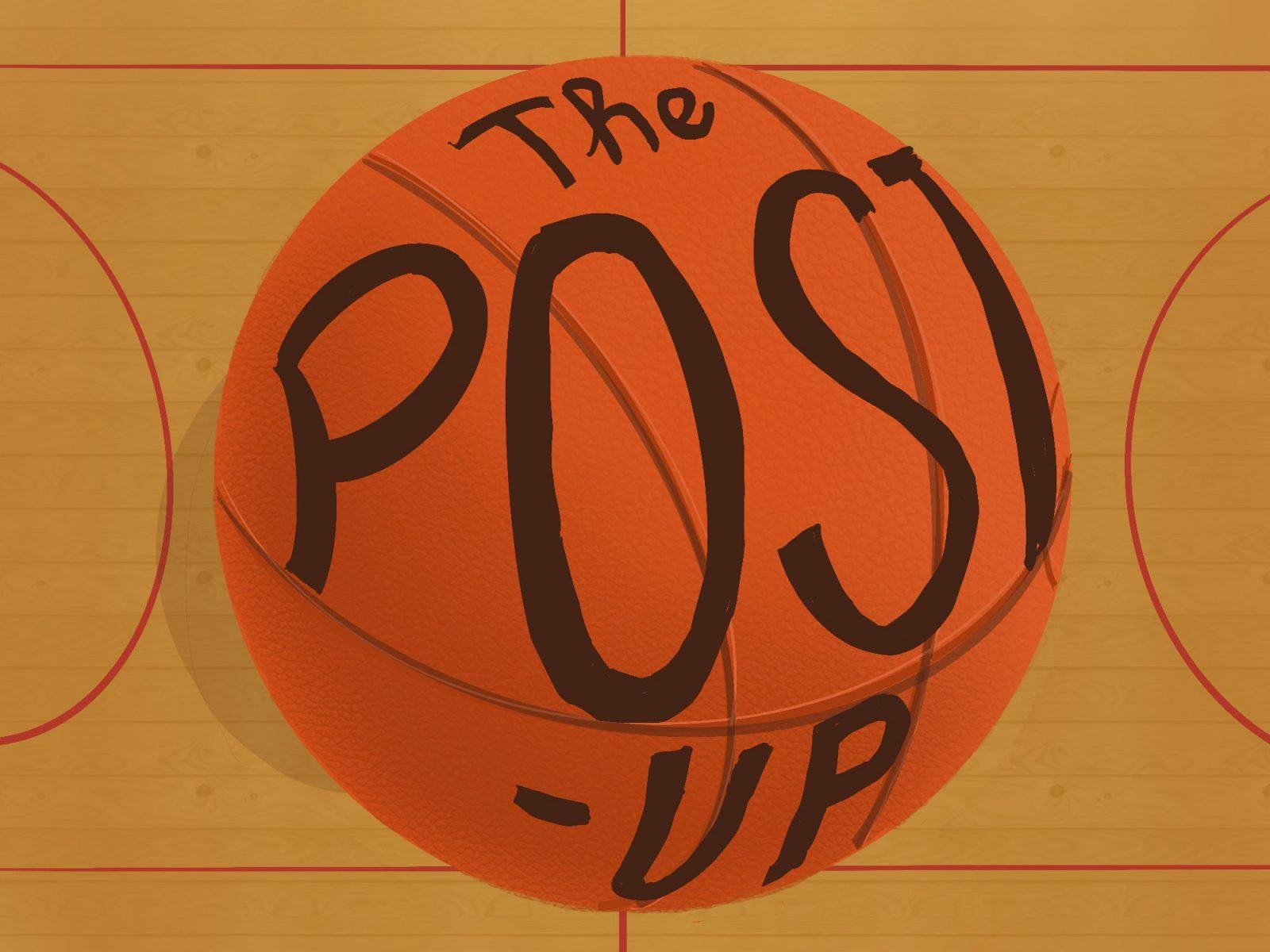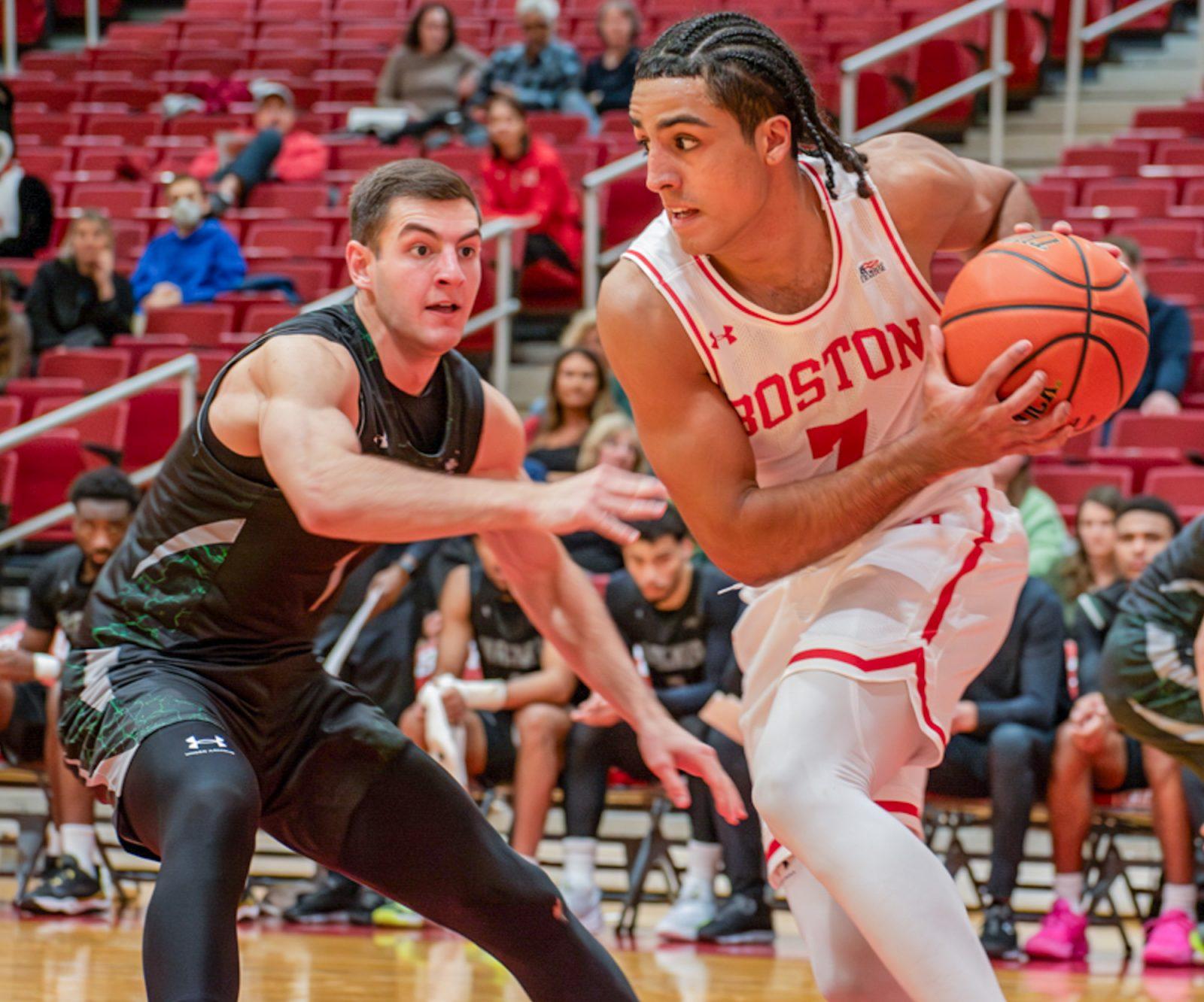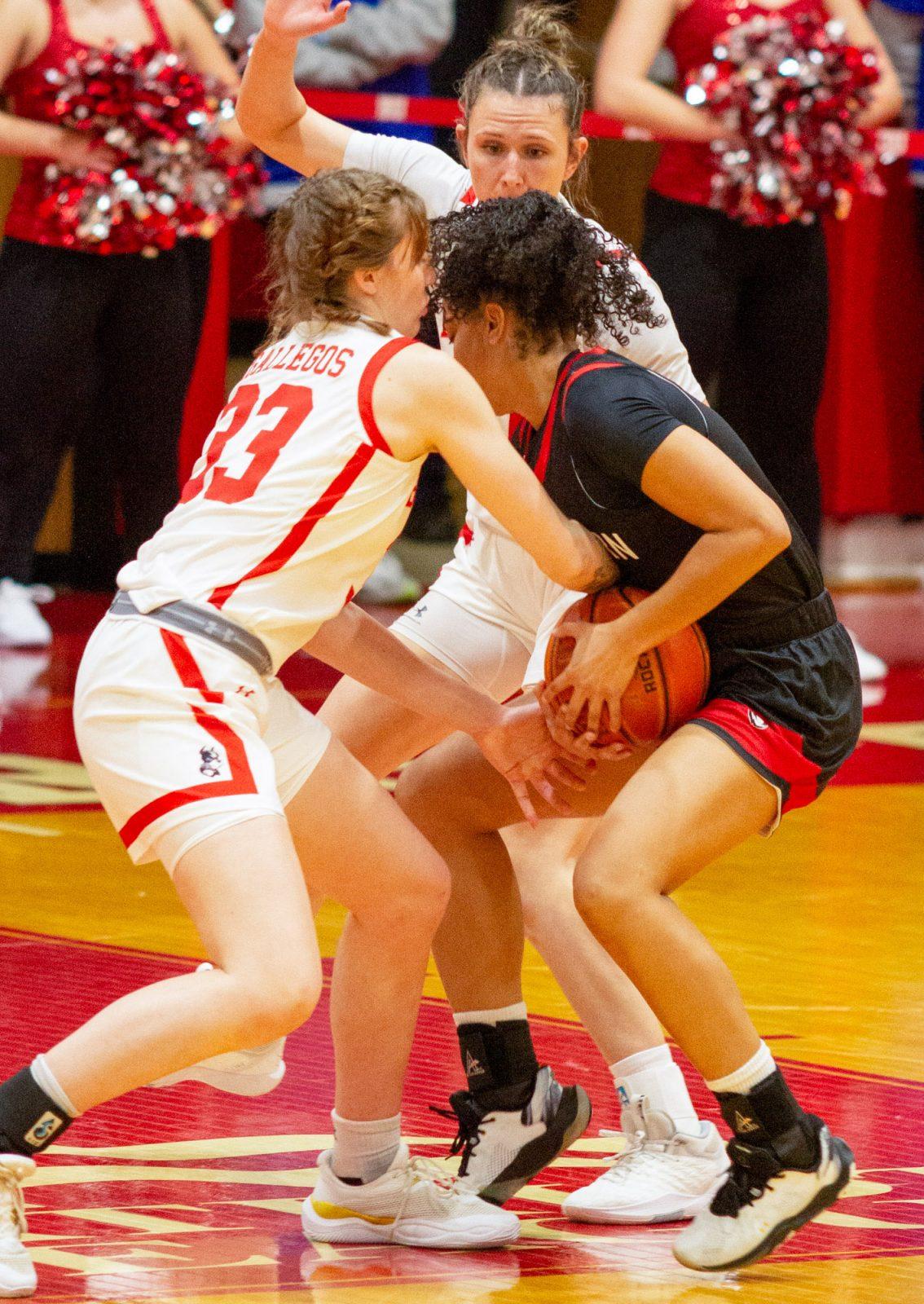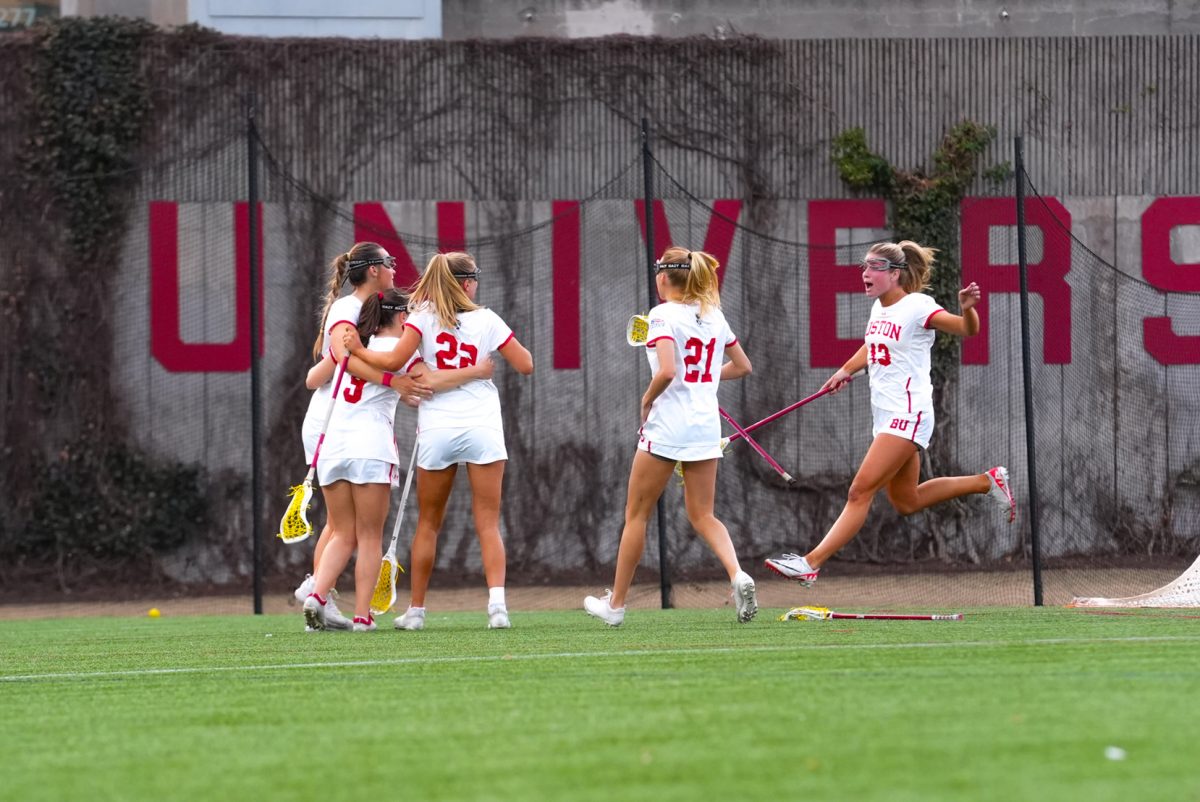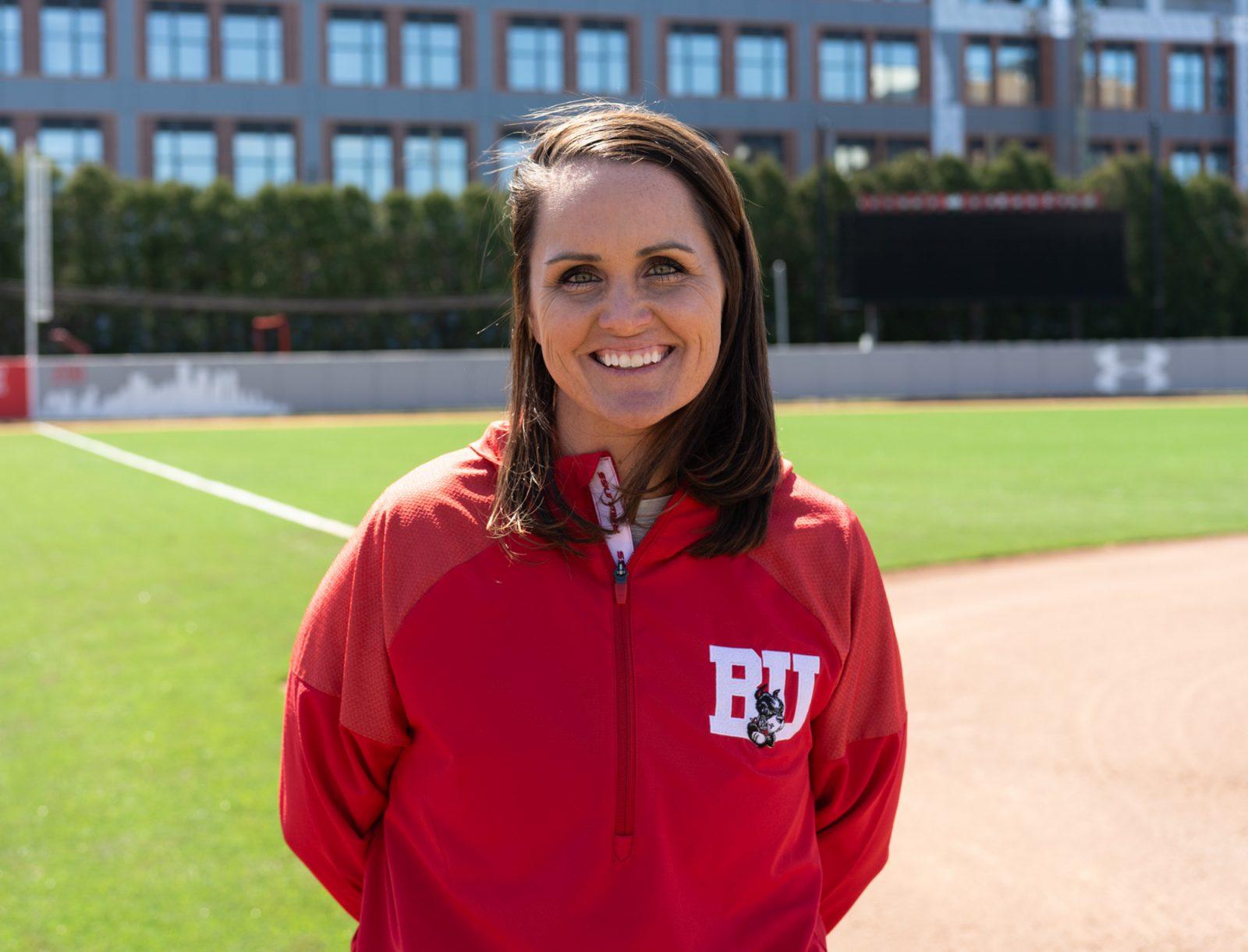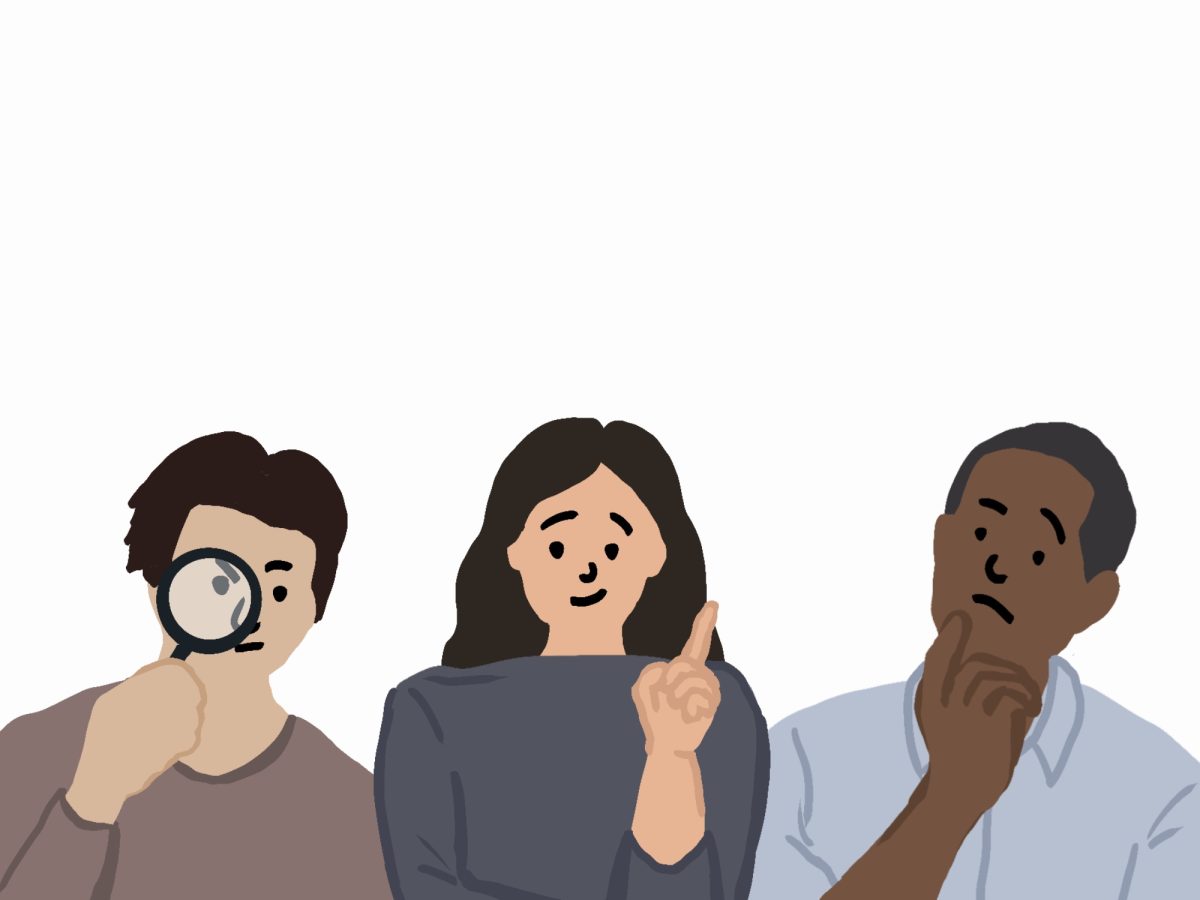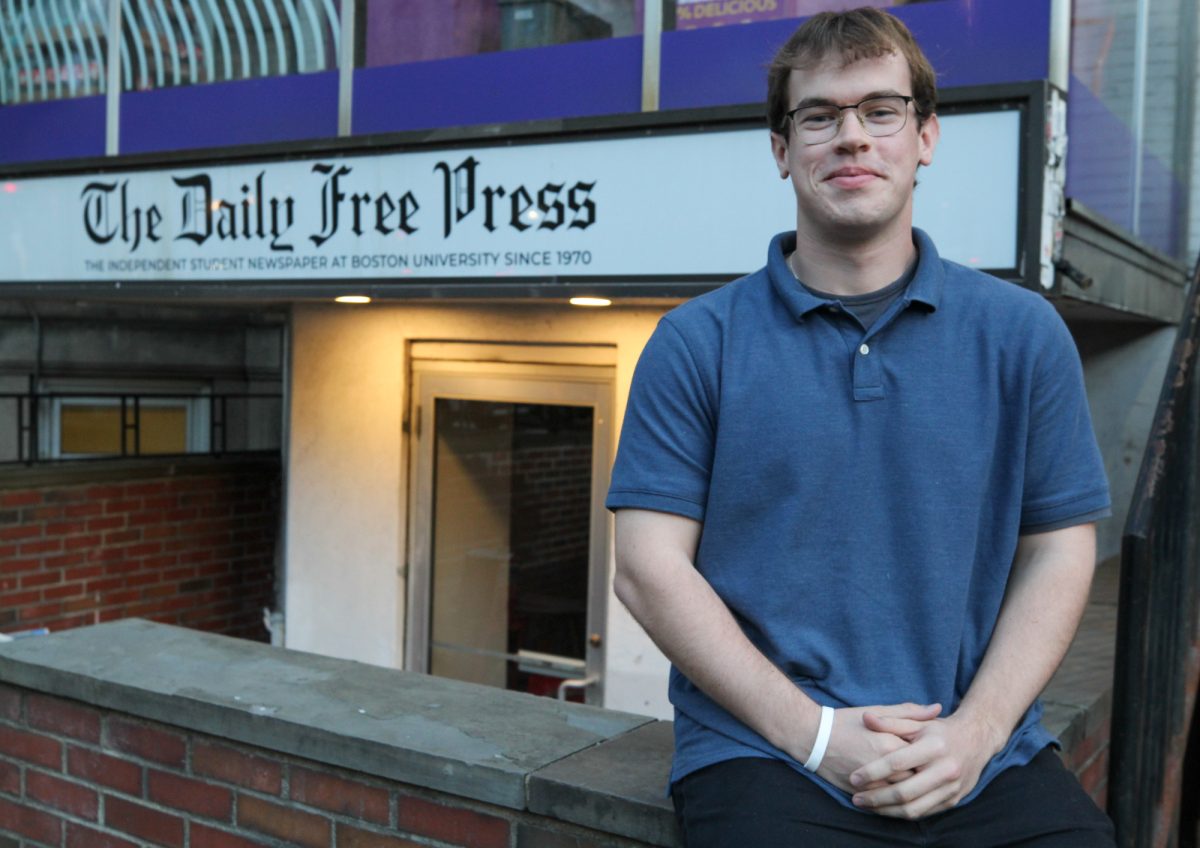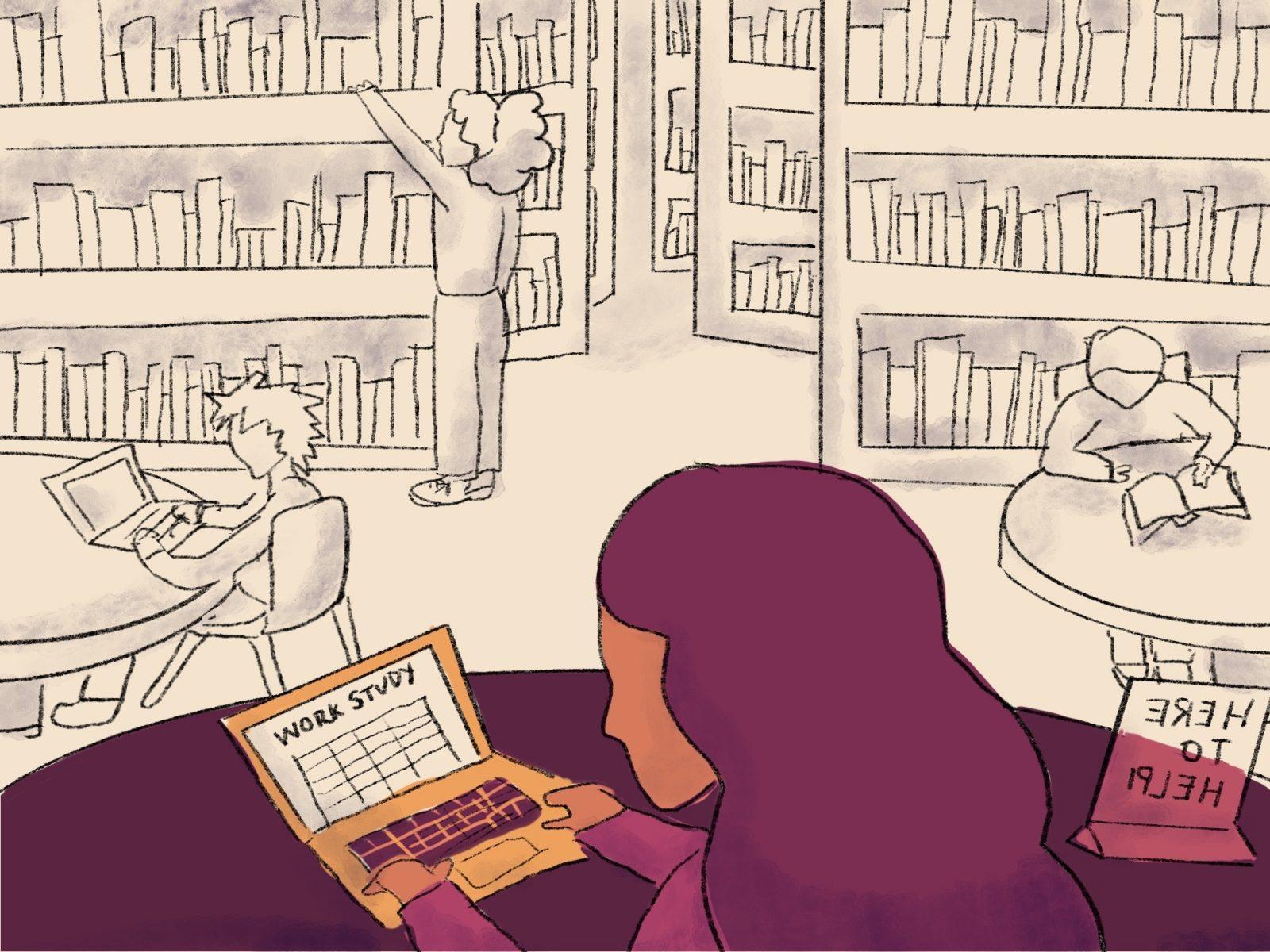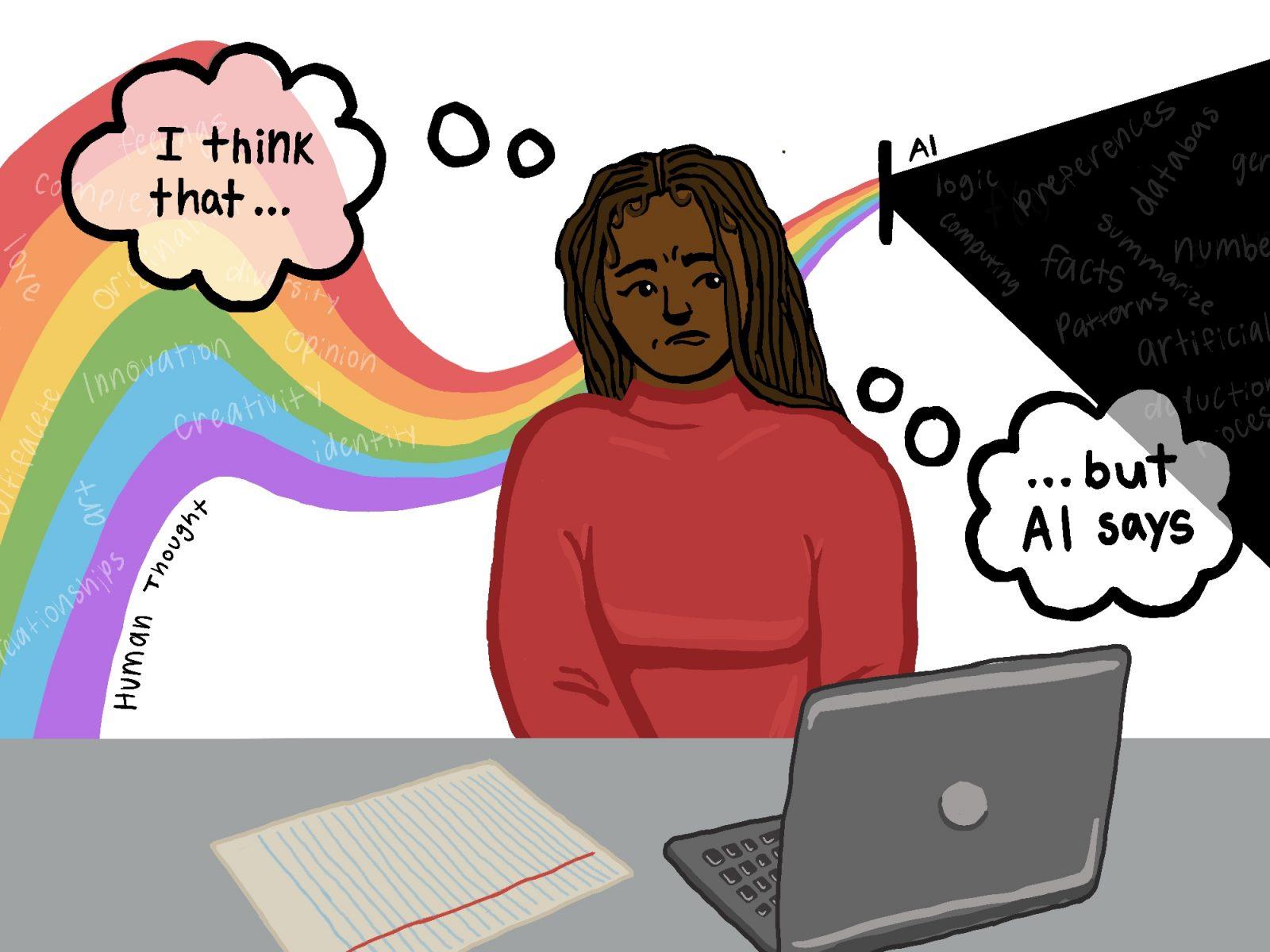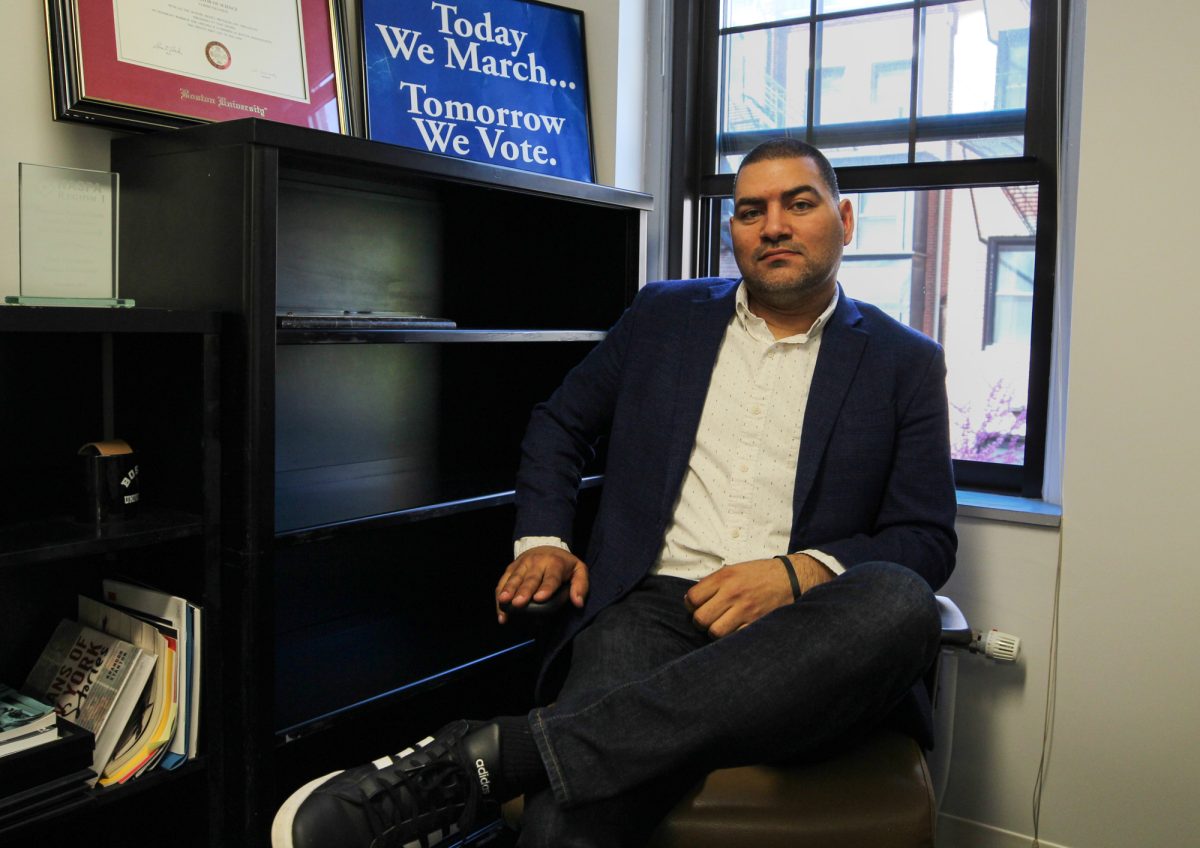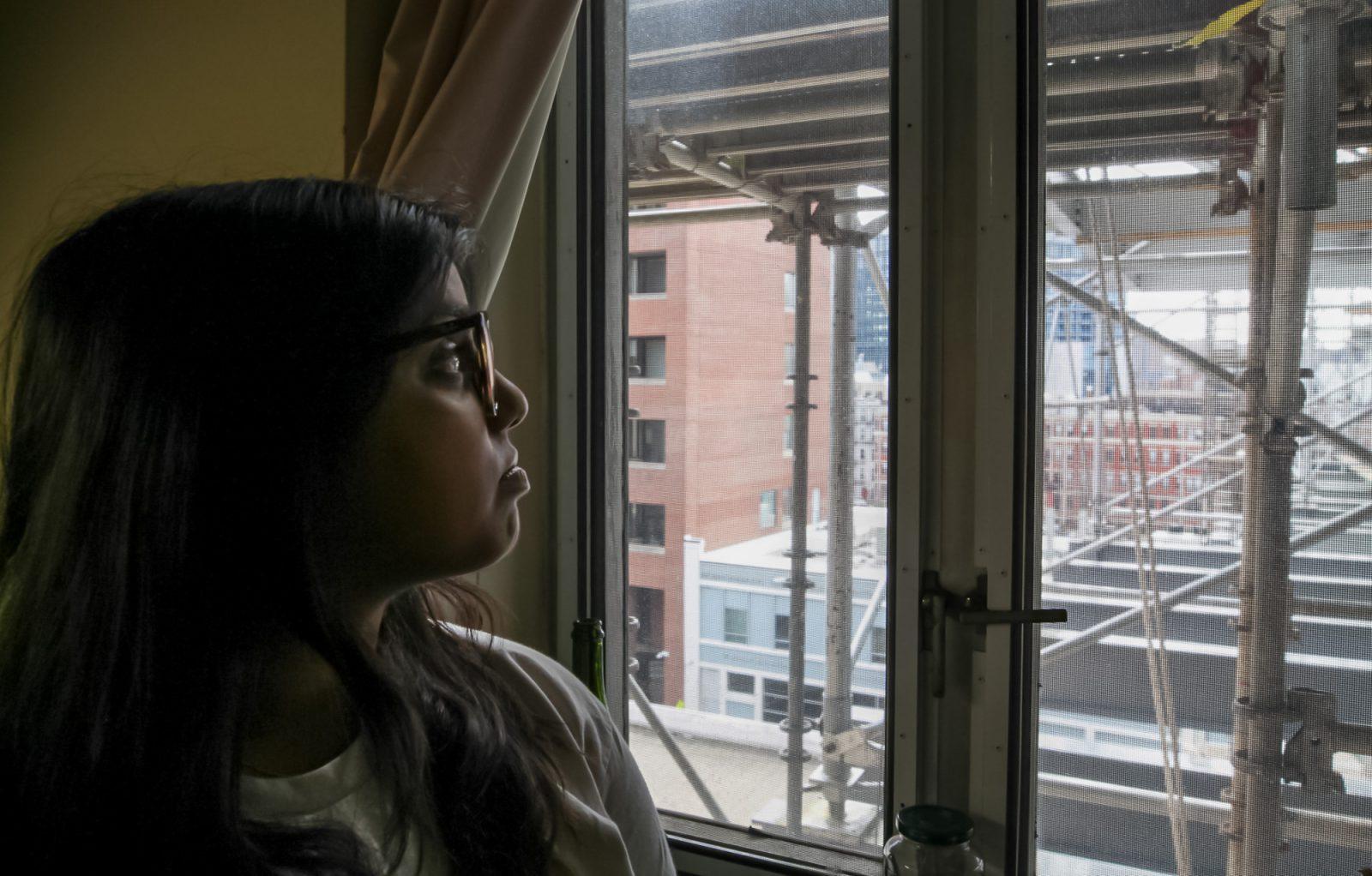The Revolving Door
The first in a four part series focusing on transfer students at Boston University
At Boston University, a new semester means reunited classmates and friends, a city to explore and catching up with faculty. But for others it means new territory to cover. Transfer students, who enter the university each fall and spring semester, look for something new in the buildings along Commonwealth Avenue.
According to Admissions Associate Director Kevin Lackey, the university receives between 1,800 and 2,000 fall semester applications and more than 600 spring semester applications every year.
“The numbers have been pretty consistent,” he said. “Students are coming here for reasons that aren’t changing.”
Transfer students entering in September ranges from 200 to 250 students while 60 to 80 students enter in January. More students are interested in transferring during the fall semester because of the smooth transition.
“It’s an easier transition for students to enter in September,” Lackey said. “The most common case is after they’ve completed a full year somewhere, they realize it’s not the place for them.
“Reasons for transferring are diverse across the board,” he continued. “Perhaps they changed their major and BU has the department they’re looking for, perhaps they were unhappy in a rural area and the city fits them better.”
Potential students are required to submit a high school transcript, SAT or ACT scores, an essay and recommendation letters to the Admissions Office. Students transferring from another institution are also required to submit a school transfer application, a college transcript for any completed courses at their previous institution and a transfer student status report from their current school dean, which explains if the student was involved in any disciplinary action.
“We bring in a strong transfer class every semester,” Lackey said. “It’s a whole new community and they bring a lot to the table.”
Lackey said transfer admission, like freshmen admission, has become more competitive.
“We look for students we would have admitted as freshmen as well as students who have continued to do well in college,” he said.
There are no plans to change the system for reviewing transfer applicants, but Lackey said they have tried to make the process easier for students.
“The office continues to improve the technology we use in admissions, for both transfers and freshmen, so that students can keep track of what we have and have not received from them,” he said. “They get notification of their admissions and financial aid decisions via email, and submit their Housing Interests Survey electronically.
“These enhancements have been especially helpful for transfer students as they are more likely to have other deadlines and/or time sensitive situations,” Lackey continued.
Students transferring into the university are also eligible to seek financial aid. Aid is offered on a need basis, instead of for academic merits.
“Funds are limited, but students should certainly apply for aid,” BU spokesman Colin Riley said. “Some students receive some and some don’t. It’s an individual factor.”
According to Riley, students with plans to leave the university go through the University Service Center to withdraw. After this they are free to pursue their individual plans, which can range from transferring to another school to handling financial burdens.
“Reasons for leaving the university range from personal to academic to financial,” Riley said. “Each case is individual, and if the university can help, we’re more than willing to assist.”
Riley said the USC has associate directors ready to help students with any situation they may have about attending BU.
“They do a very good job because of the nature of some of these cases,” he said. “They understand and know the different aspects that may pertain to an individual’s case.”
Riley said the USC is also a place where students can turn to if they need support with deciding what course of action they should take.
“The USC is not there just to advise,” he said. “It is more of them saying, ‘here are your options.’ It’s always in the student’s best interest.”
However, some students who have transferred out of the university say they feel the school did not play a large role in the process.
Former College of Arts and Sciences student Milan Shah chose to transfer to University of Pennsylvania last fall.
“I let BU know I was withdrawing in a letter in mid-August,” he said. “The university is a business, they don’t care.”
However, Shah said use of university resources also depends on the student’s situation and their reasons for withdrawing.
“If you have a set mind like I did,” he said, “then I recommend that the student do as he or she plans. But if a student is unsure of what they want to do, I think they should seek guidance from their school advisors or the USC.”
Other students said they feel the USC could be more beneficial for the student body if it were advertised more.
“It would be great if the USC had a greater presence on campus,” College of General Studies sophomore Teddy Weinberg said. “It would make their largely unknown services more available and widely used by BU students.”
According to the Office of Enrollment and Retention website, there was an 89 percent retention rate for students entering in the fall of 2003. Riley said this is an excellent figure that highlights the university’s ability to offer students its resources.
“Ideally, we would love there to be a 100 percent retention rate,” he said, “but it’s not realistic in this world. We’re definitely moving in the right direction and bucking down on the national trend.
“There’s not a significant number of students who leave the university, and I’m pleased with the students who do decide to transfer in to BU,” Riley continued. “These students are well qualified and bring new experiences for all our students.”

